Growing Importance of Data Analytics
the digital workplace market is seeing an increased importance of data analytics as organizations strive to enhance decision-making processes. Companies are increasingly leveraging data-driven insights to optimize operations, improve employee performance, and tailor customer experiences. Recent surveys reveal that over 60% of US businesses are investing in analytics tools to gain a competitive edge. This trend indicates a shift towards a more informed approach to workplace management, where data analytics plays a pivotal role in shaping strategies. As organizations recognize the value of actionable insights, the digital workplace market is evolving to provide advanced analytics solutions that integrate seamlessly with existing platforms. This evolution not only enhances operational efficiency but also empowers employees to make informed decisions based on real-time data.
Increased Focus on Cybersecurity Measures
In the digital workplace market, the heightened focus on cybersecurity measures is becoming increasingly critical. With the rise of remote work, organizations are more vulnerable to cyber threats, prompting a significant investment in security solutions. Recent statistics indicate that cyberattacks have surged by over 40% in the past year, leading companies to prioritize the protection of sensitive data and intellectual property. As a result, businesses are integrating advanced cybersecurity protocols, such as multi-factor authentication and end-to-end encryption, into their digital workplace strategies. This trend not only safeguards organizational assets but also fosters employee confidence in using digital tools. the digital workplace market is adapting to these security demands by offering solutions that ensure compliance with regulations and protect against potential breaches.
Rising Demand for Remote Collaboration Tools
The digital workplace market is experiencing a notable surge in demand for remote collaboration tools. As organizations increasingly adopt flexible work arrangements, the need for effective communication and collaboration solutions has become paramount. According to recent data, approximately 70% of companies in the US have implemented remote work policies, driving the growth of platforms that facilitate virtual teamwork. This trend is likely to continue, as businesses recognize the importance of maintaining productivity and engagement among remote employees. Consequently, the digital workplace market is adapting to offer innovative solutions that enhance collaboration, such as video conferencing, project management software, and real-time document sharing. The emphasis on seamless connectivity and user-friendly interfaces is expected to further propel the market, as organizations seek to optimize their remote work environments.
Emphasis on Employee Training and Development
In the digital workplace market, there is a pronounced emphasis on employee training and development initiatives. As technology continues to evolve, organizations are recognizing the necessity of equipping their workforce with the skills required to navigate digital tools effectively. Recent findings suggest that companies investing in employee training programs experience a 20% increase in productivity. This trend underscores the importance of continuous learning in maintaining a competitive workforce. Consequently, the digital workplace market is responding to this need by offering training solutions that are accessible and engaging. These solutions often include e-learning platforms, virtual workshops, and interactive resources designed to enhance employee capabilities. By prioritizing training and development, organizations not only improve individual performance but also foster a culture of innovation and adaptability.
Integration of Advanced Communication Technologies
the digital workplace market increasingly integrates advanced communication technologies. As organizations seek to enhance connectivity among employees, the adoption of tools such as instant messaging, virtual reality, and augmented reality is on the rise. These technologies facilitate real-time communication and collaboration, transcending geographical barriers. Recent data indicates that nearly 75% of US companies are exploring or implementing such technologies to improve workplace interactions. This trend reflects a broader shift towards creating immersive and engaging work environments that promote teamwork and creativity. The digital workplace market is thus evolving to accommodate these advancements, offering solutions that integrate seamlessly with existing workflows. As organizations embrace these technologies, they are likely to experience improved employee engagement and satisfaction.


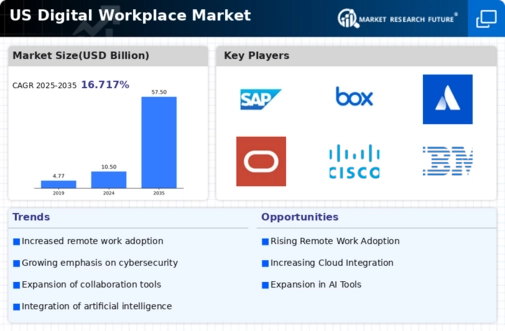

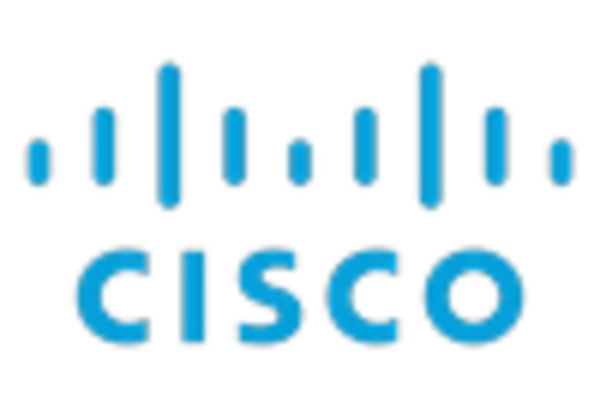

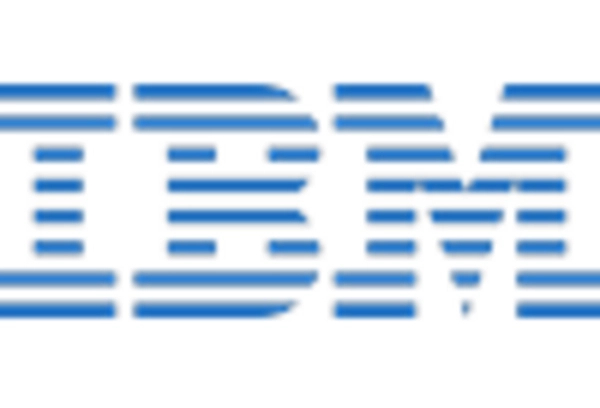
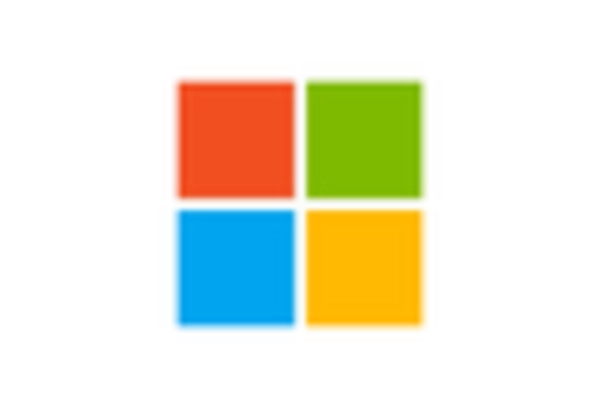
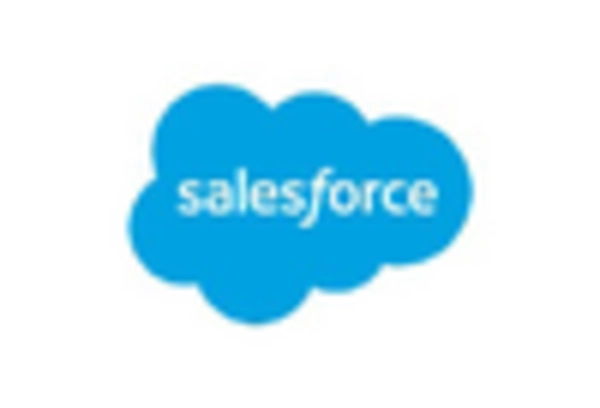








Leave a Comment